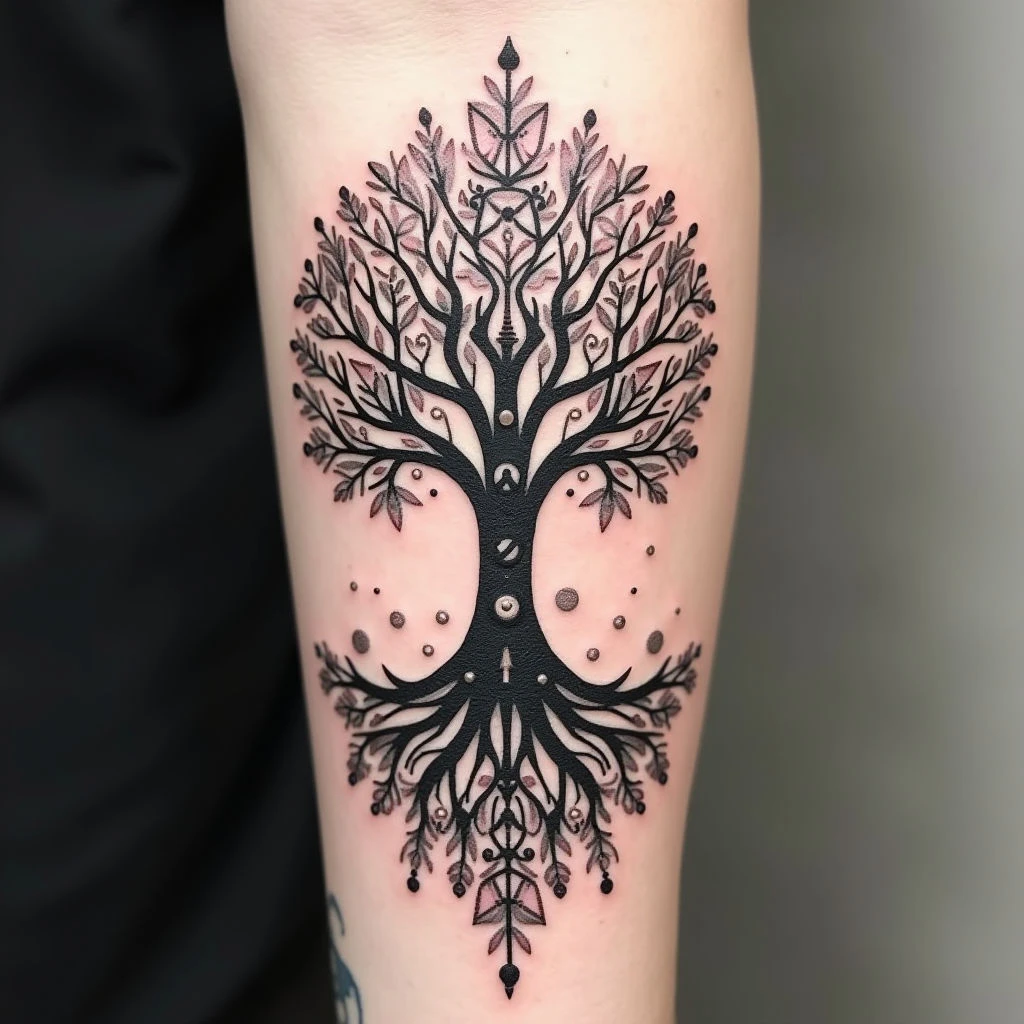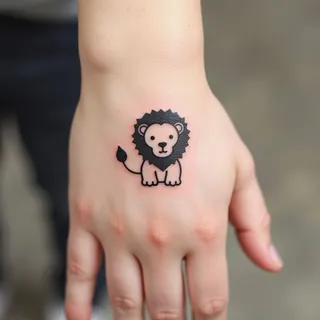Spiritual Tattoos: Meanings and Symbolism
Spiritual tattoos offer a unique way to express inner peace, faith, and connection to something larger than ourselves. But beyond aesthetics, each design carries deep symbolism rooted in various cultures and belief systems. Let’s delve into the meanings behind some common spiritual tattoo motifs.
Common Spiritual Symbols & Their Meanings
-
Om/Aum
Representing the sound of creation in Hinduism, Om tattoos symbolize the ultimate reality, consciousness, and the cyclical nature of existence.
-
Mandalas
These intricate geometric designs represent wholeness, balance, and the universe. They’re often used as meditation aids and can embody personal spiritual journeys.
-
Buddha Imagery
Depictions of Buddha signify enlightenment, compassion, and inner peace. Different poses hold unique meanings – seated for meditation, standing for teaching.
-
Hamsa (Hand of Fatima)
A protective symbol in Islamic cultures, the Hamsa wards off evil eye and brings blessings of happiness, luck, and safety.
-
Tree of Life
Found across various cultures, this symbolizes interconnectedness, growth, strength, and family. Its roots represent heritage, while branches symbolize reaching towards your goals.
-
Dreamcatchers
Originally from Native American traditions, dreamcatchers filter out bad dreams and allow good ones to pass through. They often signify protection, hope, and positivity.
Personalizing Your Spiritual Tattoo
The most meaningful spiritual tattoos are those that resonate with *your* individual beliefs and journey. Consider what values you want to embody, the deities or concepts you feel connected to, and how the design can visually represent your personal path.


